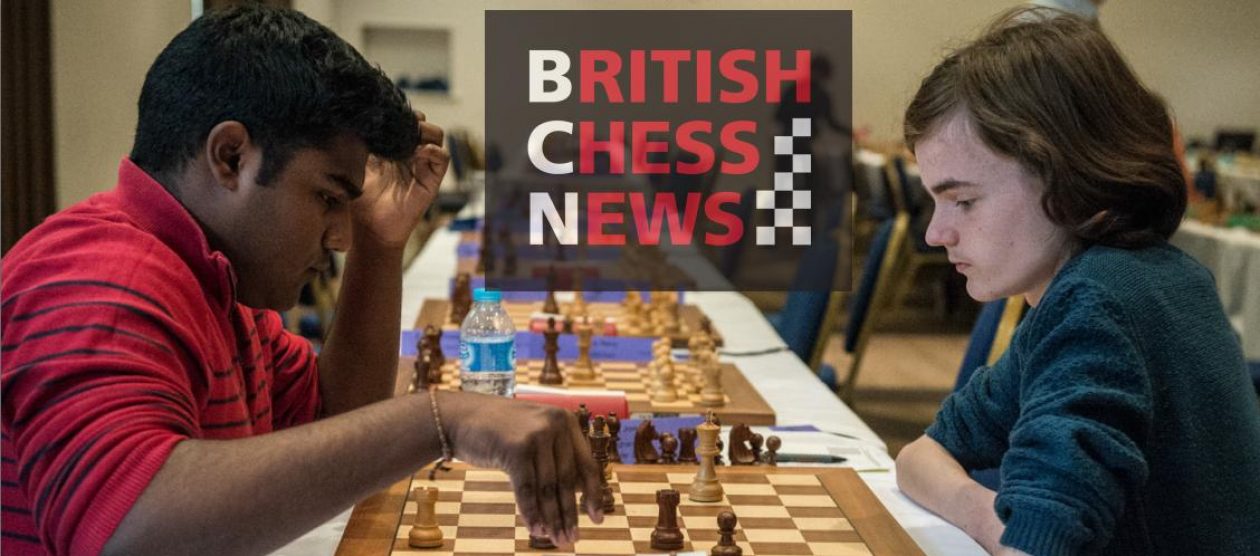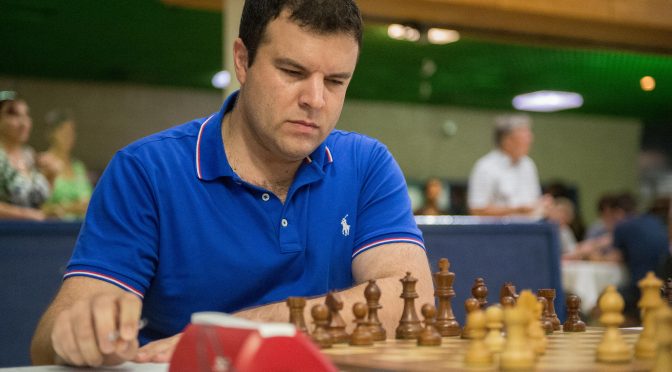We send birthday wishes to GM Nick Pert born this day (January 22nd) in 1981 in Leeds. At an early age the Pert family relocated to Ipswich in Suffolk where Nick and Richard learnt chess from their father at the age of five. Fairly soon they were beating their Dad and he found the brothers a local club to play at. By chance in the same road was living FM Kevin O’Connell who became their coach.
Nick now resides in Fleet, Hampshire with his family. He teaches in a number of schools and coaches students on a one-to-one basis.
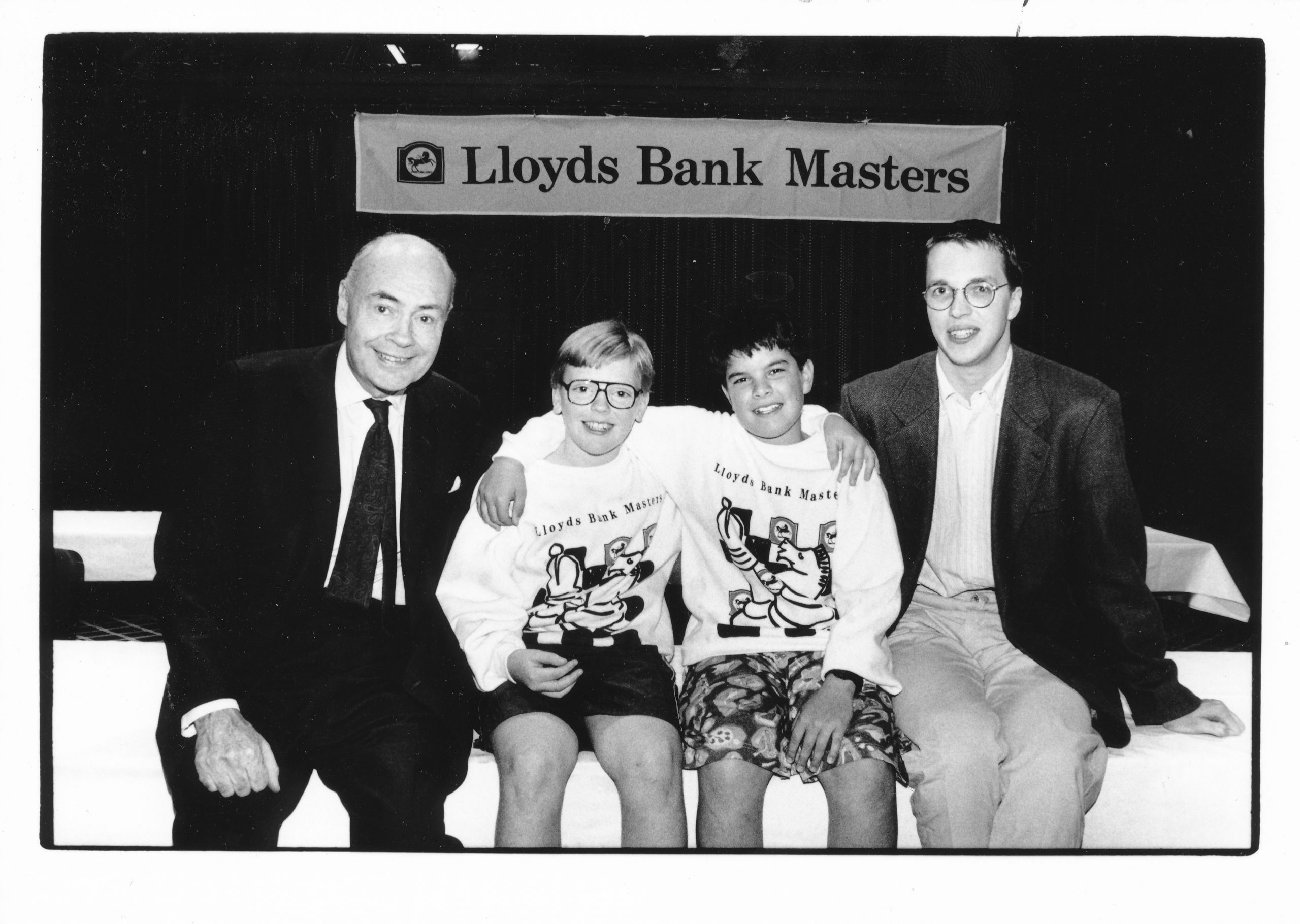
Nick won the Southern Counties (SCCU) championship for the 2016-17 season sharing with Richard Bates.
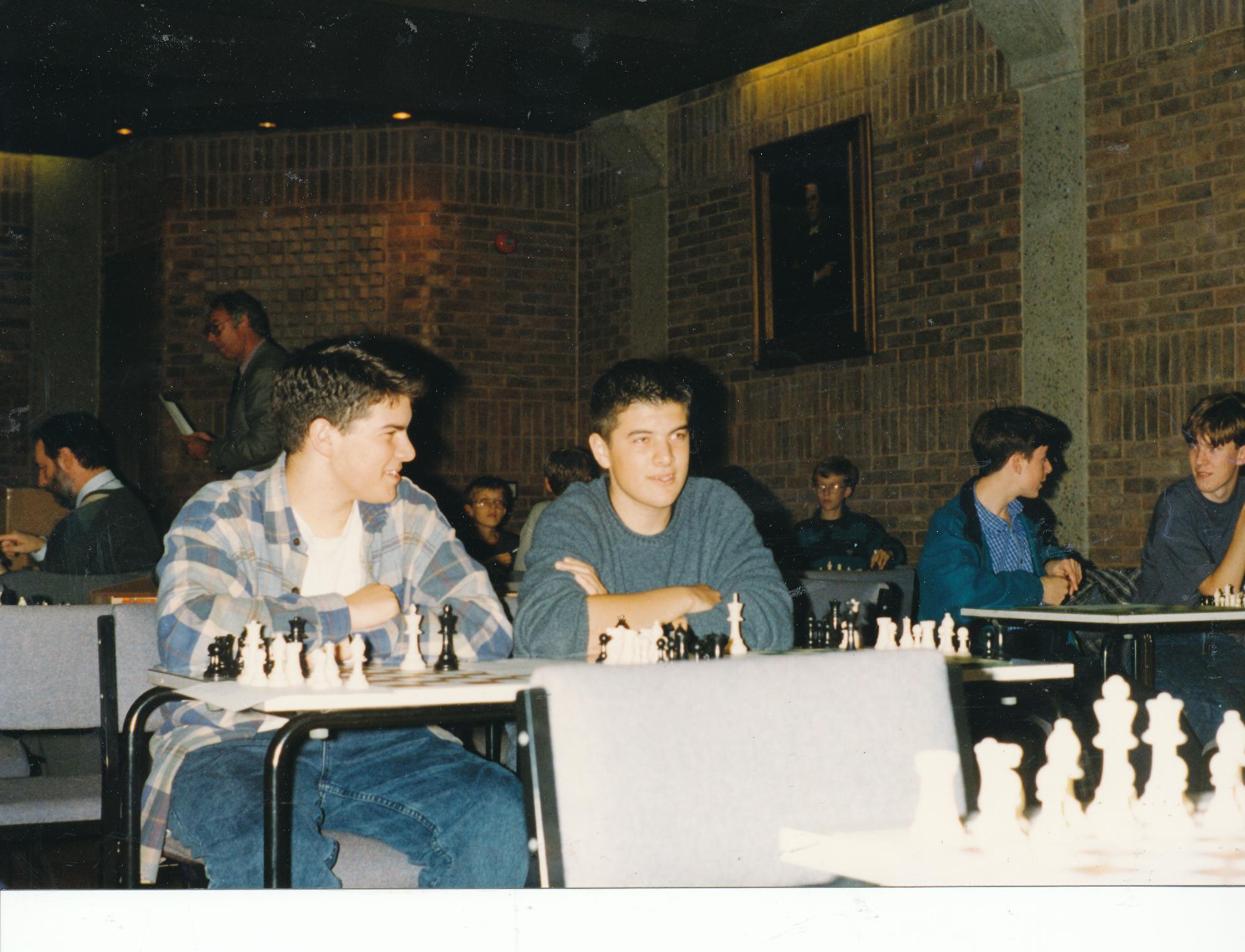
Here is Nick’s Wikipedia entry
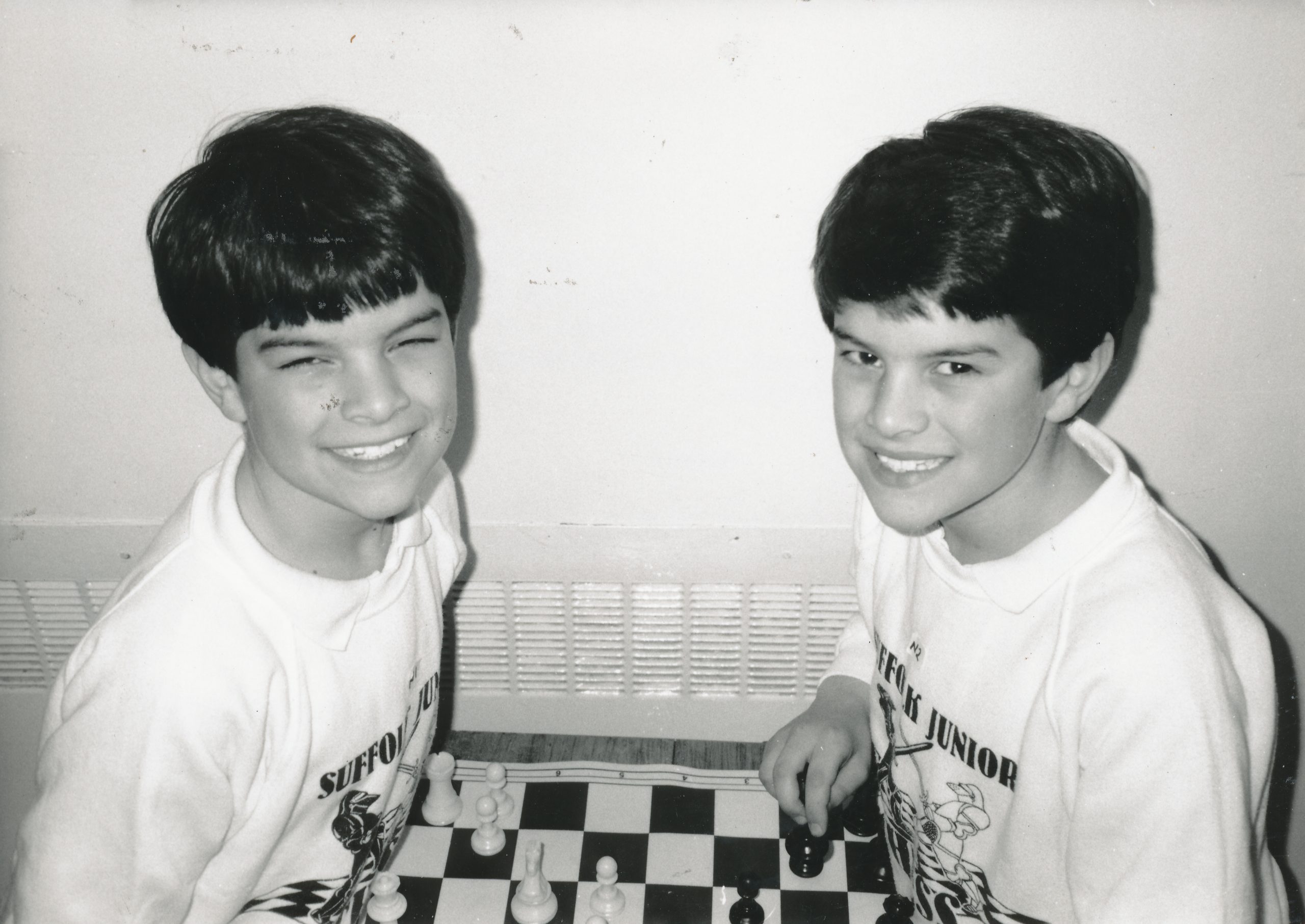
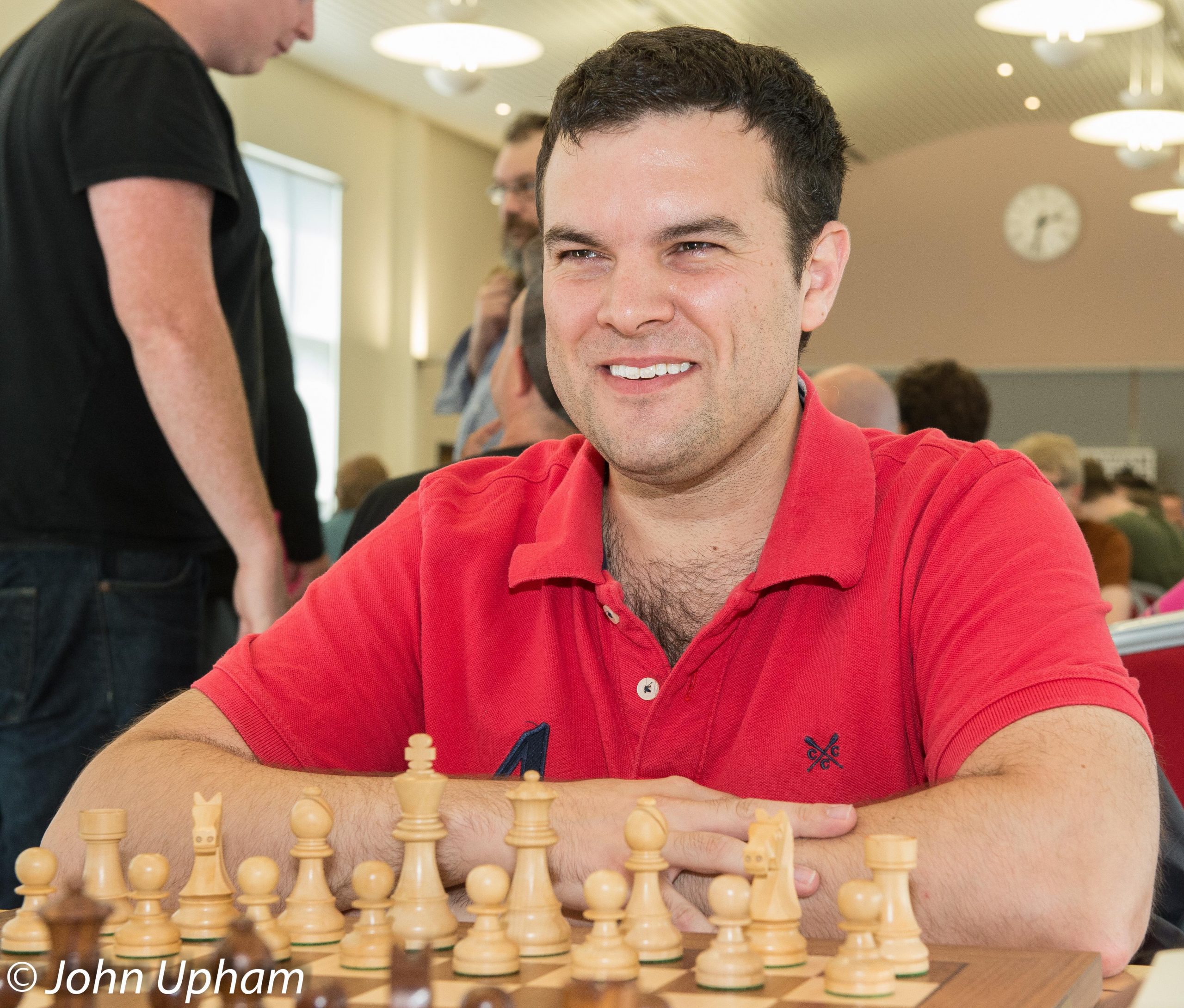
In 2021 Nick took first place for the first time at the Covid affected British Championships in Hull with 6.5/9 with a TPR of 2414 reducing his rating by 4.2 Elo points. His highest rated opponent was 2480 (Danny Gormally).
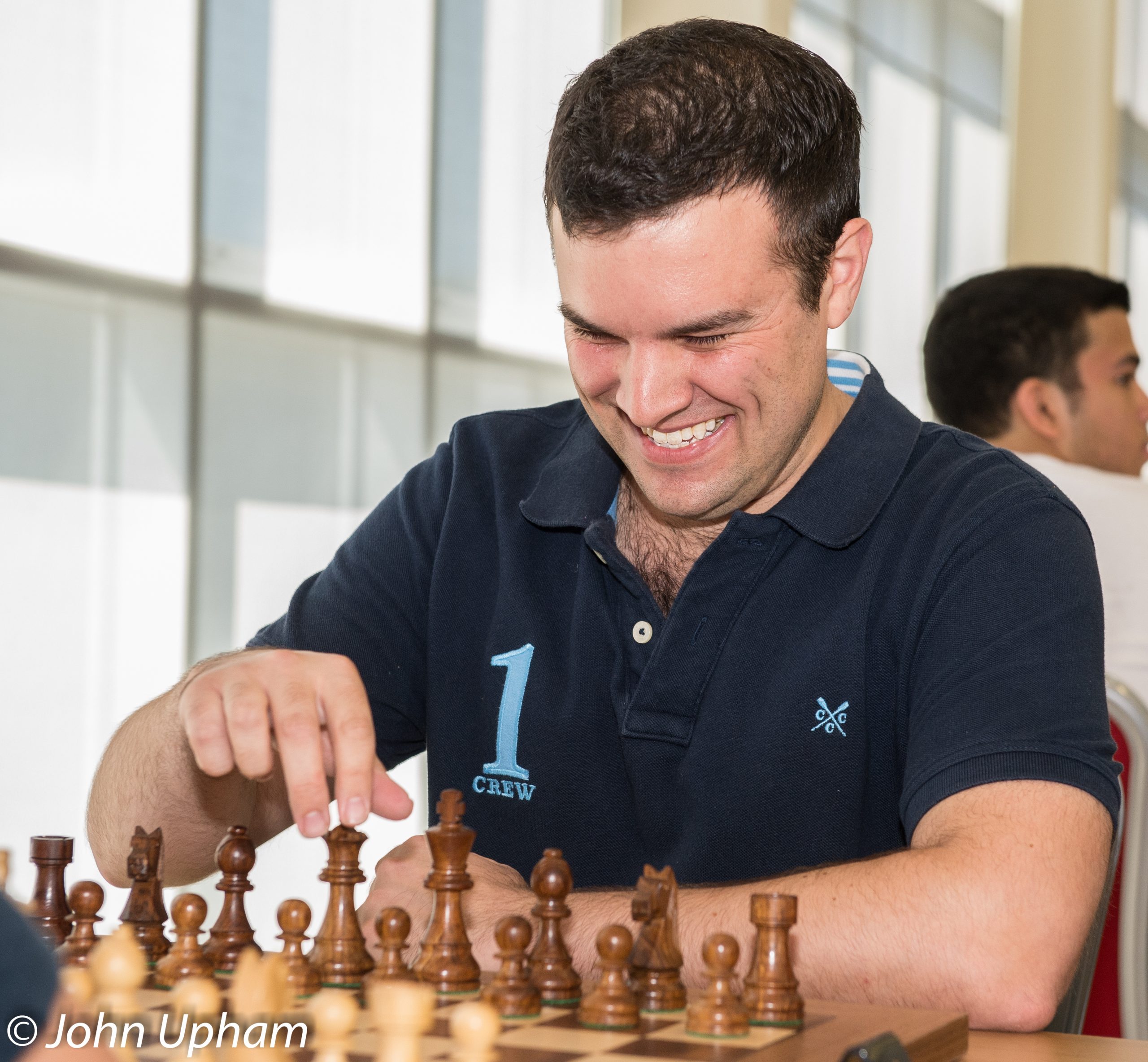
In 2023 Chessbase produced a video interview of Nick which may be seen here.
